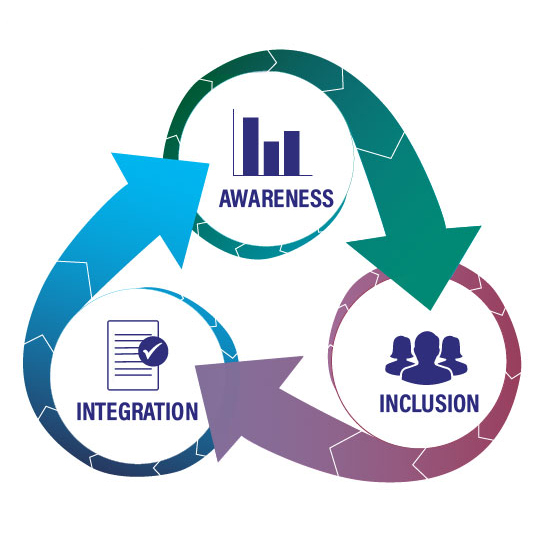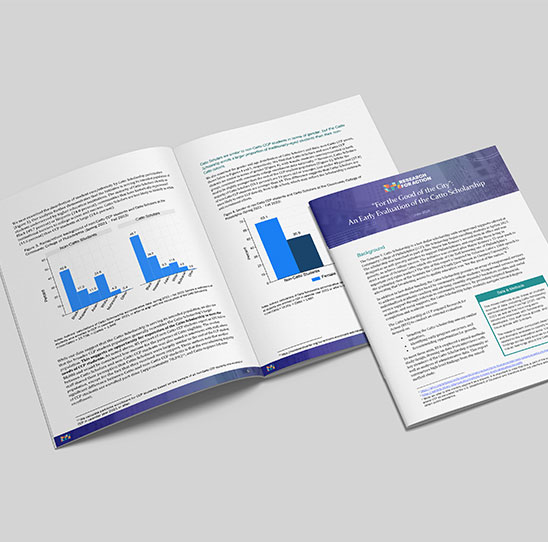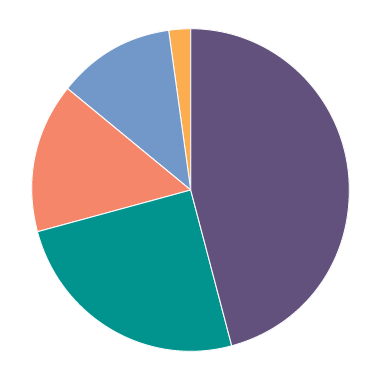To support state efforts to close postsecondary attainment equity gaps for students of color, RFA developed a framework that describes three drivers behind efforts to place racial equity at the center of postsecondary policymaking and practice: awareness, inclusion, and integration. The framework is adapted from Equity in the Center’s Race Equity Cycle and is informed by Research for Action’s examination of the three states in the first cohort of the Lumina Foundation’s Talent, Innovation, and Equity (TIE) states – Colorado, Tennessee, and Oregon.
This report highlights four important factors that affect how state higher education agencies worked to advance racial equity – 1) data availability and use, 2) culture at the system or state agency, 3) state leadership, and 4) statewide advocacy environment. This report provides recommendations for how state agencies can drive awareness, inclusion, and integration across each factor. Recommendations are informed by data on the best practices and lessons learned from the implementation of each state’s TIE initiative.
While each TIE state developed their own strategies for advancing equity and closing racial attainment gaps, the primary pillars of the work were similar – state-level awareness, coalition-building, and institutional engagement. The first in a series, this report examines state-level strategies for closing racial equity gaps. The next two reports in this series will explore lessons learned in advancing racial equity through statewide coalition-building and investments in institutional efforts.











